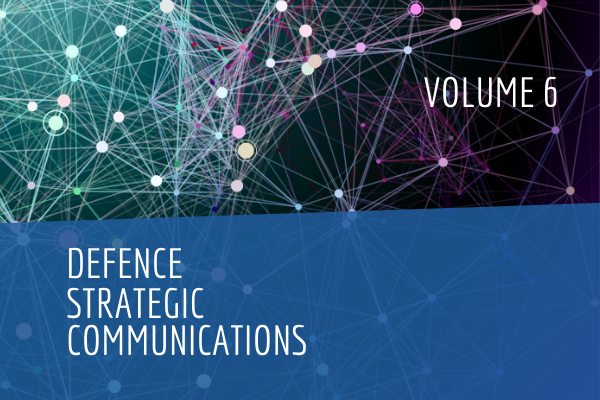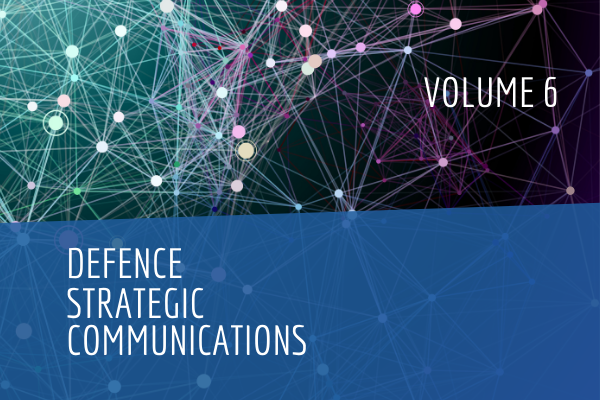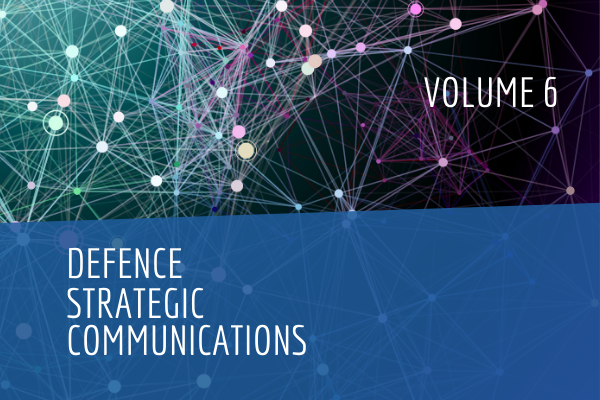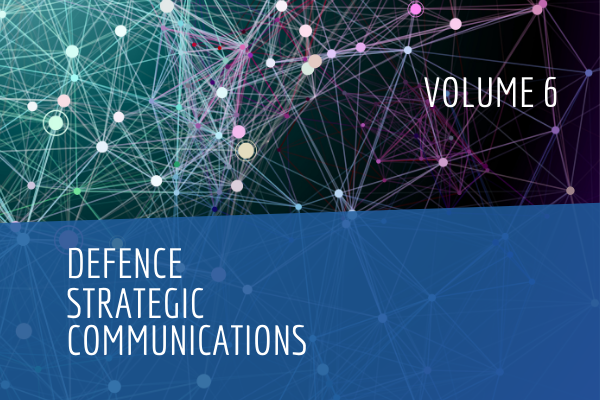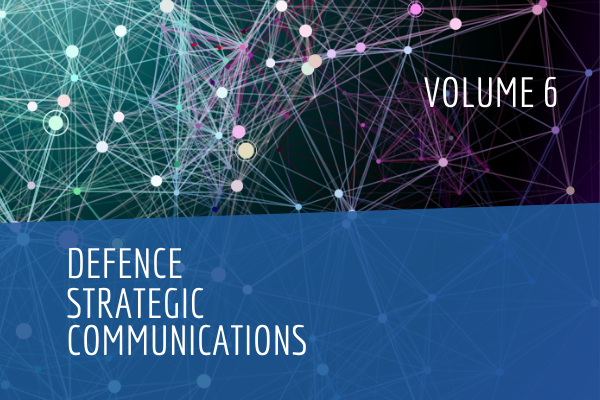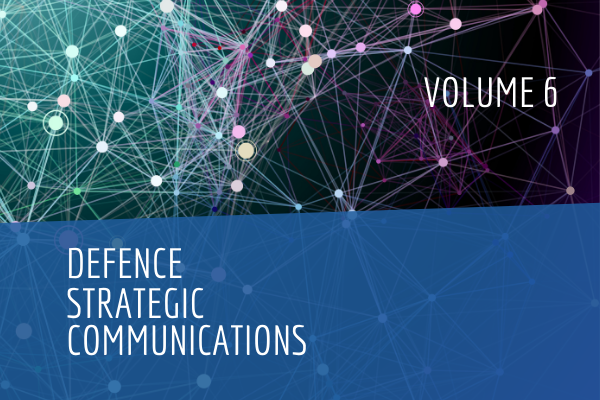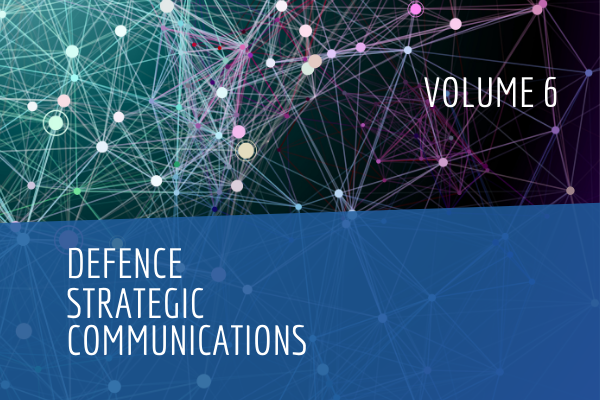Abstract
This article discusses the development of the strategic communications of the Zapatista Army of National Liberation, the EZLN, between 1994 and 1996. During this period, the Zapatista movement transformed from a group focused on armed struggle into a social movement. The EZLN used rhetorical and communications strategies, not only to construct group identity but as a way to pressure the Mexican government into guaranteeing their rights as citizens and as an indigenous minority. The article also reflects on the discursive strategies employed by the group’s main leader, Subcomandante Marcos, and on the Zapatistas’ narratives and the structure of the communications they disseminated to their worldwide network of committees connected through the internet.
Keywords—strategic communications, speech and power, Zapatistas, EZLN, guerilla
About the Authors
Dr Tássio Franchi is a Lecturer at the Brazilian Army Command and Staff College (ECEME). He holds a PhD in Sustainable Development, University of Brasília (UnB), and is the coordinator of the Frontier Borders and Emerging Threats Project.
Dr Leonardo Perin Vichi is an Associate Researcher at the Naval War School (EGN) with a PhD in Social History from the Federal University of Rio de Janeiro (UFRJ)/Freie Universität Berlin (FUB). He is the Coordinator of the line of defense in the Nucleus of Strategic Studies in Defense and Security of the Department of Physics of the Federal University of São Carlos (UFSCar).
Bibliography
Arquilla, John and David Ronfeldt (eds), ‘The Advent of Netwar (revisited)’ in Networks and Netwars: The Future of Terror, Crime, and Militancy (RAND Corporation, 2001), p. 17.
Betz, David and Vaughan Phillips, ‘Putting the Strategy Back Into Strategic Communications’ in Defence Strategic Communications Vol. 3, (Riga: NATO Strategic Communications Centre of Excellence, Autumn 2017): 41–69.
Betz, David, ‘Cyberpower in Strategic Affairs: Neither Unthinkable nor Blessed’, Journal of Strategic Studies Vol. 35, № 5 (2012): 689–711.
Bolt, Neville, ‘Unsettling Networks’, The RUSI Journal Vol. 154, Issue 5 (11 January 2010): 34–39.
Buenrostro y Arellano, Alejandro, As raízes do fenômeno Chiapas [The Roots of the Chiapas Phenomenon], (São Paulo: Alfarrábio, 2002).
Buenrostro y Arellano, Alejandro and Ariovaldo Umbelino de Oliveira, ‘Chiapas: construindo a esperança’ [Chiapas: Building hope], (São Paulo: Paz e Terra, 2002).
Burgess, Blake, ‘People of the Sun: The EZLN in an Age of Mass Media’, The Forum: Journal of History Vol. 8, Issue 1 (2016): 7–17.
Castañeda, Jorge, ‘La utopia desarmada’, Editorial Joaquín Mortiz, 1993.
______, ‘La utopia desarmada’, El Pais, 23 April 1993.
______, Utopia Unarmed: the Latin American Left after the Cold War (New York: Knopf, 1993).
Castells, Manuel, The Information Age: Economy, Society, and Culture. The Rise of the Network Society Vol I. (Hoboken: Wiley-Blackwell, 2010).
______, The Information Age: Economy, Society, and Culture. The Power of Identity Vol II. (Hoboken: Wiley-Blackwell, 2010).
______, Communication Power (Oxford University Press, 2009).
Cossío, José. Ramón Díaz; Franco, José Fernando. González Salas, and Roldán, José Xopa, Derechos y cultura indígena: Los dilemas del debate jurídico [Indigenous Rights and Culture: Dilemmas of the Legal Debate], (México: Miguel Angelo Parrúa, 1998).
De Lella, C., Escurra, A. M. (comp.), Chiapas: entre la tormenta y la profecía [Chiapas: Between the Storm and the Prophecy], (Buenos Aires: Lugar, 1994).
EZLN, Documentos y Comunicados [Documents and Communiqués],(México: Ediciones Era, 2000) Vol. I.
______, Documentos y Comunicados (México: Ediciones Era, 1998) Vol. II.
______, Documentos y Comunicados (México: Ediciones Era, 1998) Vol. III.
Fernandes, Luis M. R., ‘From Foquismo to Reformismo: Castaneda and the Latin American Left’, New Left Review Vol. 215, Issue 1 (1996).
______, ‘Jorge Castaneda: A utopia desarmada—intriga, dilemas e promessas da esquerda Latino-Americana’ [Jorge Castaneda: The Unarmed Utopia— Intrigue, Dilemmas and Promises of the Latin American Left], Crítica Marxista ,№ 4, 1997.
Farwell, James, Persuasion and Power: The Art of Strategic Communication (Washington: Georgetown University Press, 2012).
Felice, Massimo di & Cristóbal Muñoz, (org.) A Revolução Invencível [The Invincible Revolution] (São Paulo: Boitempo, 1998).
Franchi, Tássio, ‘O Movimento Zapatista e a Constituição de Redes Intelectuais ao seu redor’, Revista UNIVERSUM № 18, 2003.
García Márquez, Gabriel, ‘Gabriel García Márquez interviews Subcomandante Marcos’, The Nation, 2 July 2001.
______ & Roberto Pombo, ‘Habla Marcos: Gabriel García Márquez y Roberto Pombo lo entrevistan en México’, 25 March 2001. [Accessed 12 April 2019].
Harvey, Neil, La Rebelión de Chiapas. La lucha por la tierra y la democracia. [The Rebellion of Chiapas. The Struggle for Land and Democracy] (México: Ediciones Era, 1998).
LeBot, Yvon, Subcomandante Marcos: el sueño zapatista [Subcommander Marcos: Dream of the Zapatistas] (México: Plaza & Janés, 1997).
Marcos, Subcomandante, A História das Cores. [The Story of Colours] Transl. Marcelo Brandão (n.p., 2003), C.f.: Revista Veja. (Edição 1810, Año 36) № 27, 9 July 2003.
